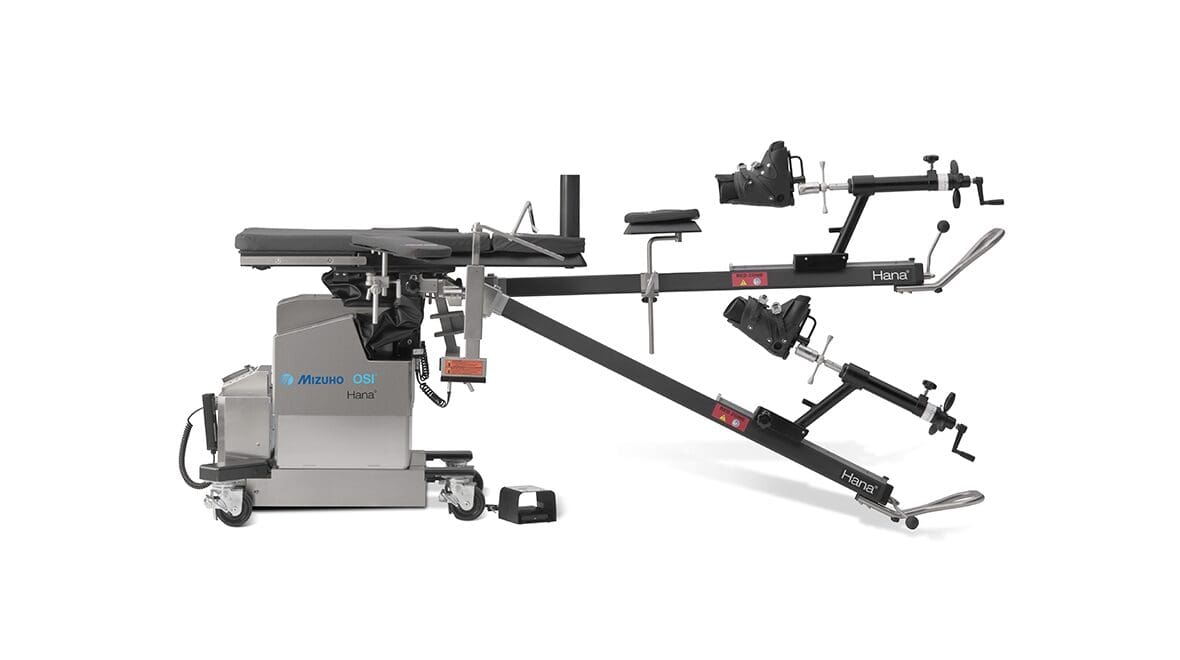Dual Mobility - when is it the right time?
Dr. Ken Mathis started with a short presentation –
He shares how hip instability remains a major challenge after total hips – so in his opinion, the high-risk patients that should get DM are:
- Those with abductor deficiency – his perspective is that every femoral neck fracture should get one.
- Psychiatric problems, neurologic diseases dementia, alcoholics.
- He also puts DM in hypermobile patients, yoga instructors, rock climbers, and ballet instructors. Even scuba divers who need to climb into their boats in rough seas.
- Small stature patients -with cups less than 50 millimeters.
- Obese patients – dual Mobility is more effective than bariatric surgery.
- Those with fixed spinal pelvic alignment.
- As for who else should get it it? He believes that it shoud be considered for all revisions
These groups make up most of his patient population – His position is that DM makes THA more forgiving, and earlier issues of IPD seem to have been solved. DM in everyone would help improve the problems of instability, quality of life and show cost savings.
He believed that it seems reasonable to consider using it in all patients, but continue to monitor published reports.
John Masonis joined him to provide the counterpoint to Dr. Mathis’ standpoint.
His perspective is that if we were talking about posterior approaches, then he’d be significantly more pro-DM, however, as an anterior surgeon, he asks what problem DM is actually trying to solve.
Is instability a problem? He agrees that there are some scenarios where instability is a problem however highlights that they are rarely encounrtered for primary surgeries. These include the abductor deficient hip, or the extremely small size , ie a dysplastic hip with a cup of 38 or 40 millimeters.
His view is that when we talk about using DM in all revisions we’re now talking about modular Dual Mobility, and he’s not yet comfortable with the data from these implants. At five years the data look pretty promising but we have experienced additional articulations, modular necks, and malseating in other scenarios.
In summary, Dr. Masonis’ argument against using DM in every revision is – let’s not try to solve something that’s not broken. Let’s go with what we use well right now which is cups with screws for additional fixation on revision and staying at a 36 or maybe even a 40 millimeter head. But if somebody goes on to have recurring instability after that construct then it’s worth going to the Dual Mobility to try to salvage.
The audience voted Dr. Masonis as winner of this Point/ Counterpoint argument.






